Affiliate links on Android Authority may earn us a commission. Learn more.
Droid Turbo vs the Moto X (2014) and Nexus 6
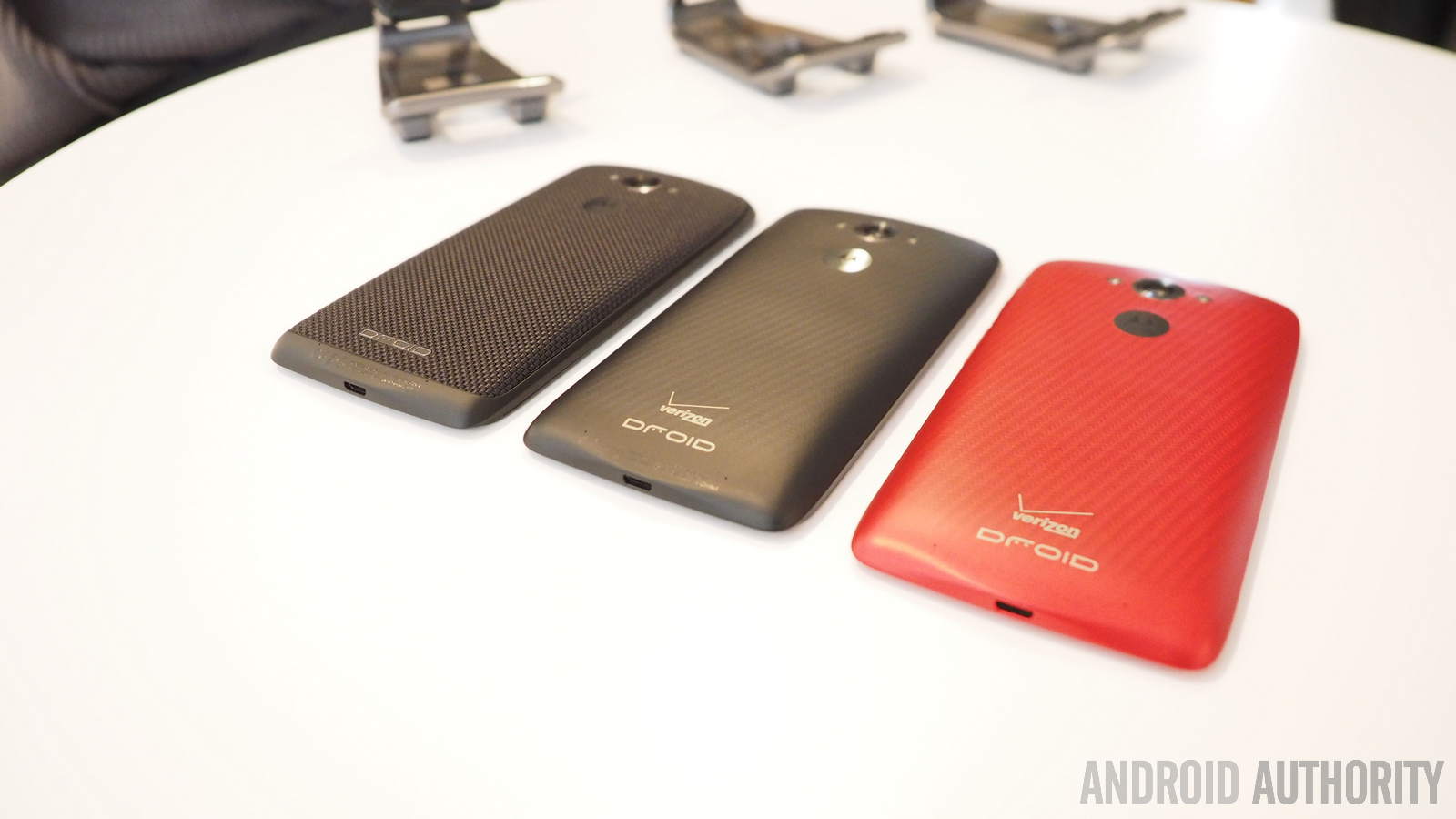
Motorola has come along way from last year, in large part thanks to the Moto X, Moto G and (to lesser extent) the Moto E. In 2014, they really seem to be bringing their A-game, now offering three flagship-level devices: the Moto X (2014), the Nexus 6 and the new Motorola Droid Turbo.
While all three of these devices are ‘flagship’ quality devices, they differ substantially in areas like screen size, battery life and a few other key factors. With that in mind, let’s jump in and take a closer look at how they compare to one another.
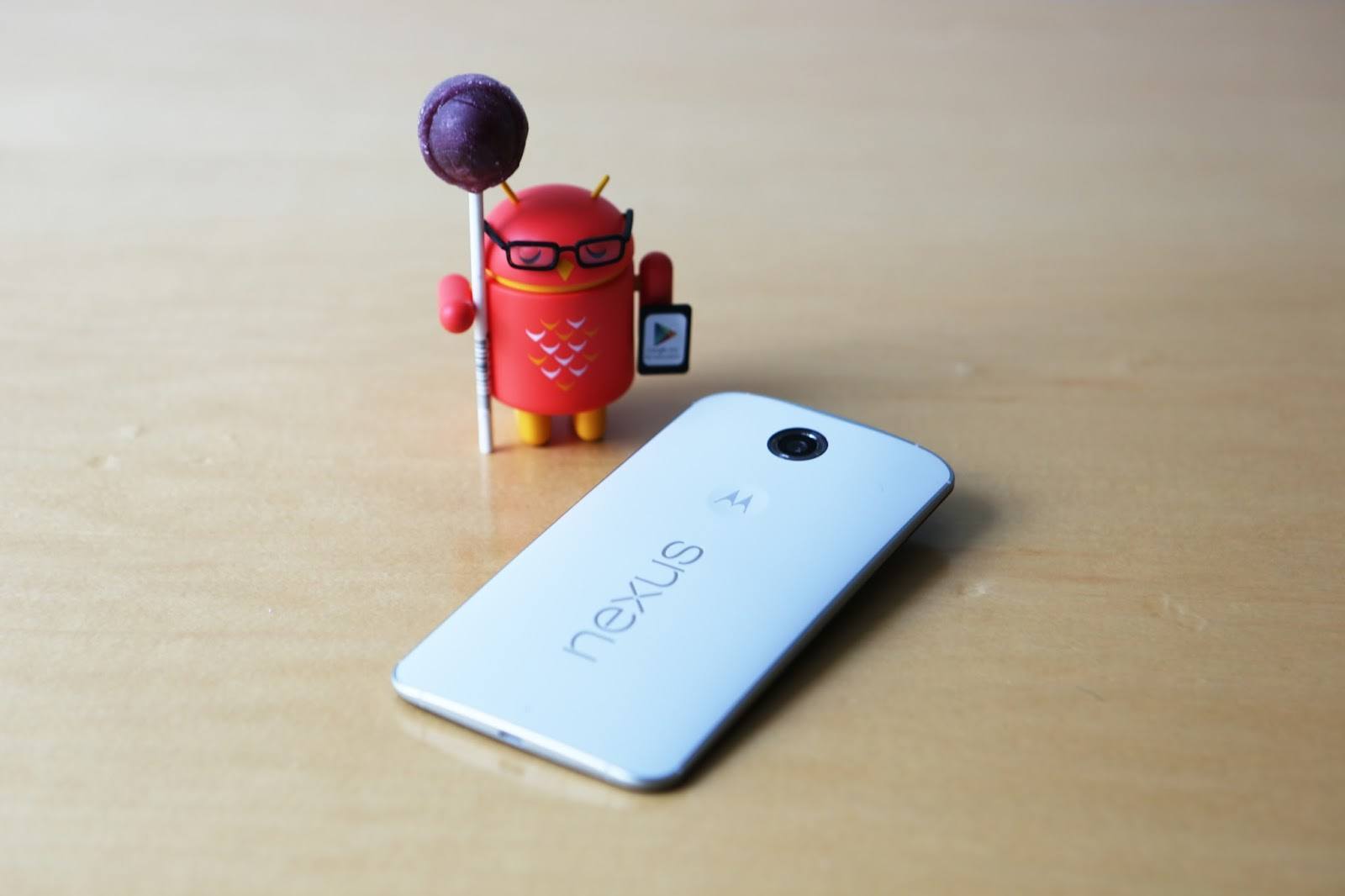
Design
When it comes to design, the Moto X (2014) and Nexus 6 actually look the most alike, despite the fact that they are very different when it comes to screen sizes. You get the same camera, the same material choices and both devices also have metallic edges. Really the only major design change is the presence of the Nexus logo on the N6.
As for the Droid Turbo, the device follows the aesthetic choices that we would expect from a “Droid” branded handset, including two imitation kevlar finishes: metallic, which is actually metal-coated fiberglass, and ballistic nylon, which is supposedly military grade. Even the camera design is different here, and on the front you get capacitive keys as opposed to the software keys found on the other two Motorola devices.
Which one actually looks better? Obviously the answer to that is subjective, though personally I prefer the looks of the Droid Turbo to the Nexus 6 and Moto X — again, that’s just me.
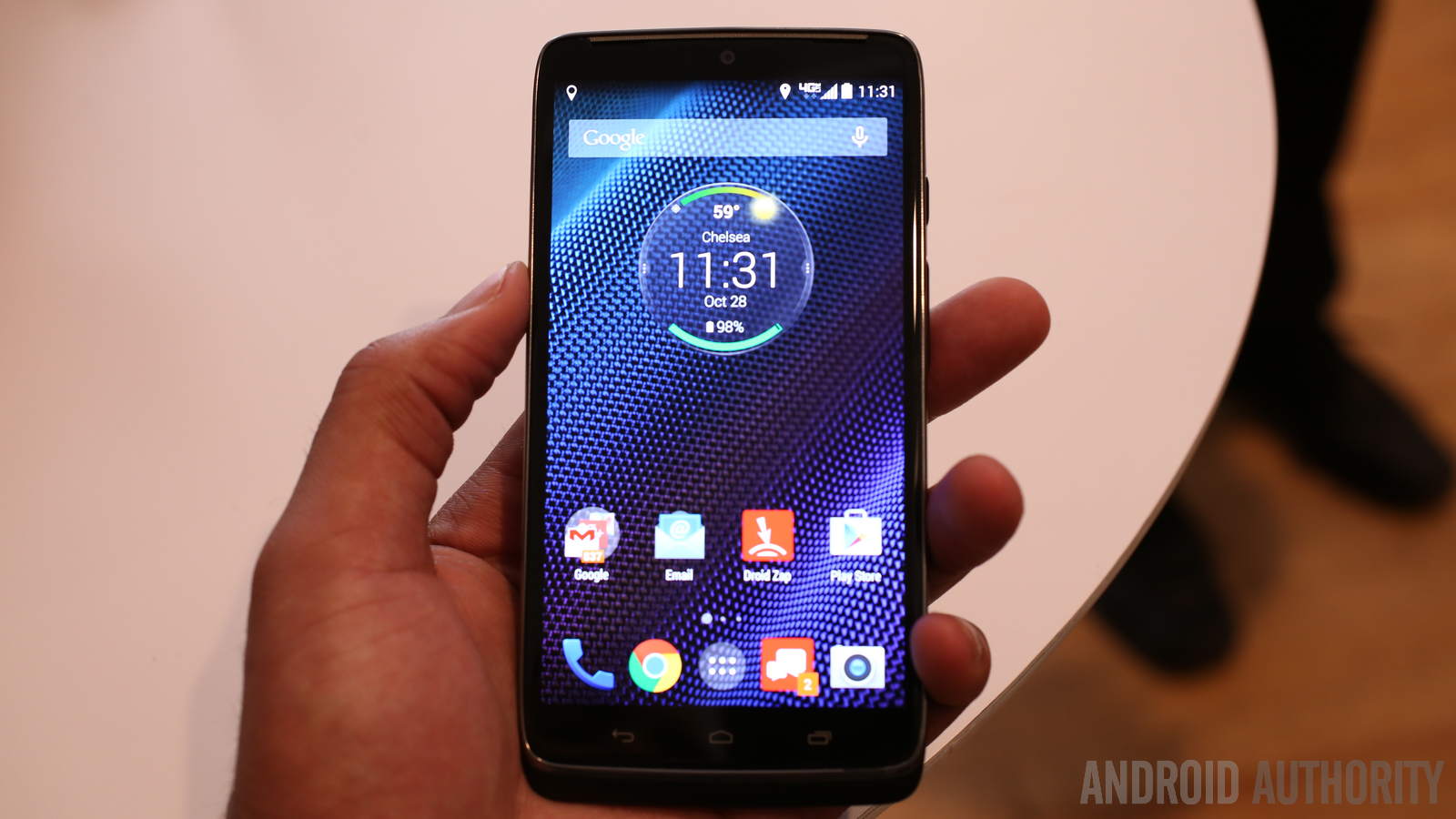
Display
The Droid Turbo and Moto X (2014) actually pack the same display size, at 5.2-inches, making both handsets much smaller than the latest member of the Nexus family.
Not surprisingly, considering all three smartphones are manufactured by the same company, the Droid Turbo, the Moto X (2014), as well as the Nexus 6 all feature AMOLED displays. The difference is evident when it comes to the resolution though, with the Turbo bringing us a stunning QHD display (1440 x 2560) with 565 ppi, while the Moto X (2014) has a FullHD resolution (1920 x 1080) and offers up 423 PPI. Turning to the Nexus 6, you get a 5.9-inch AMOLED display with a QHD resolution that brings 496 ppi.
All three devices have solid displays that should look brilliant no matter what you throw at them, though for those that really want the very best in picture quality, the Droid Turbo and Nexus 6 both deliver.
Hardware
| Motorola Droid Turbo | Motorola Moto X (2014) | Motorola Nexus 6 | |
|---|---|---|---|
Display | Motorola Droid Turbo 5.2-inch AMOLED, Quad HD (1440 x 2560 pixels), 565 ppi | Motorola Moto X (2014) 5.2-inch HD AMOLED | Motorola Nexus 6 5.96-inch AMOLED, 1440 x 2560 pixels |
Processor | Motorola Droid Turbo 2.7 Ghz quad-core Qualcomm Snapdragon 805, Adreno 420 | Motorola Moto X (2014) 2.5GHz quad-core Snapdragon 801, Adreno 330 | Motorola Nexus 6 2.7 Ghz quad-core Qualcomm Snapdragon 805, Adreno 420 |
RAM | Motorola Droid Turbo 3GB | Motorola Moto X (2014) 2GB | Motorola Nexus 6 3GB |
Camera | Motorola Droid Turbo 21MP rear cam, 2MP front | Motorola Moto X (2014) 13MP rear, 2MP front | Motorola Nexus 6 13MP rear, 2MP front |
Battery | Motorola Droid Turbo 3,900 mAh | Motorola Moto X (2014) 2,300 mAh | Motorola Nexus 6 3,220 mAh |
Storage | Motorola Droid Turbo 32 and 64GB | Motorola Moto X (2014) 16 and 32GB | Motorola Nexus 6 32GB and 64GB |
Software | Motorola Droid Turbo Android 4.4.4 KitKat | Motorola Moto X (2014) Android 4.4.4 KitKat | Motorola Nexus 6 Android 5.0 Lollipop |
Dimensions | Motorola Droid Turbo Ballistic Nylon: 143.5 x 73.3 x 11.2mm - 176g Metalized Fiber: 143.5 x 73.3 x 10.6mm - 169g | Motorola Moto X (2014) 140.8 x 72.4 x 10 mm, 144 grams | Motorola Nexus 6 159.3 x 83 x 10.1 mm, 184 grams |
When it comes to the processing package, both the Nexus 6 and Droid Turbo offer the latest and greatest: a 2.7GHz quad-core Snapdragon 805 with 3GB RAM and an Adreno 420 GPU. While not as impressive, the Moto X (2014) still offers a more than capable 2.5GHz quad-core Snapdragon 801 with 2GB RAM and an Adreno 330 GPU.
In terms of storage, the Nexus 6 and Droid Turbo both come in 32GB and 64GB models. Meanwhile the Moto X (2014) has 16GB and 32GB models. All three devices are without microSD. Other areas like sensors and connectivity are going to be similar across the board, but let’s talk a bit about battery (with camera coming next!).
The weakest device in this area is the Moto X with its 2300 non-removable Li-ion battery that has been said to get acceptable battery life but nothing to write home about. Turning to the Nexus 6, you get a 3,200 mAh battery but with a bigger QHD display, the battery life will likely still be in the day to day-and-a-half range.
The handset that really stands out here is the Droid Turbo, with a massive 3,900 mAh battery that is said to last two full days on a single charge. That’s damn impressive to say the least, and there are a very select few devices on the market that come close to competing with this. Bottom-line, if battery life is important to you, there’s no better option than Verizon/Motorola’s Droid Turbo.
The Nexus 6 and Droid Turbo also have the distinction of offering up quick charging technology, which means you can tap-off battery life in a hurry for those moments when you find yourself on the go for long periods of time, with little time to sit there and wait for your phone to charge back up.
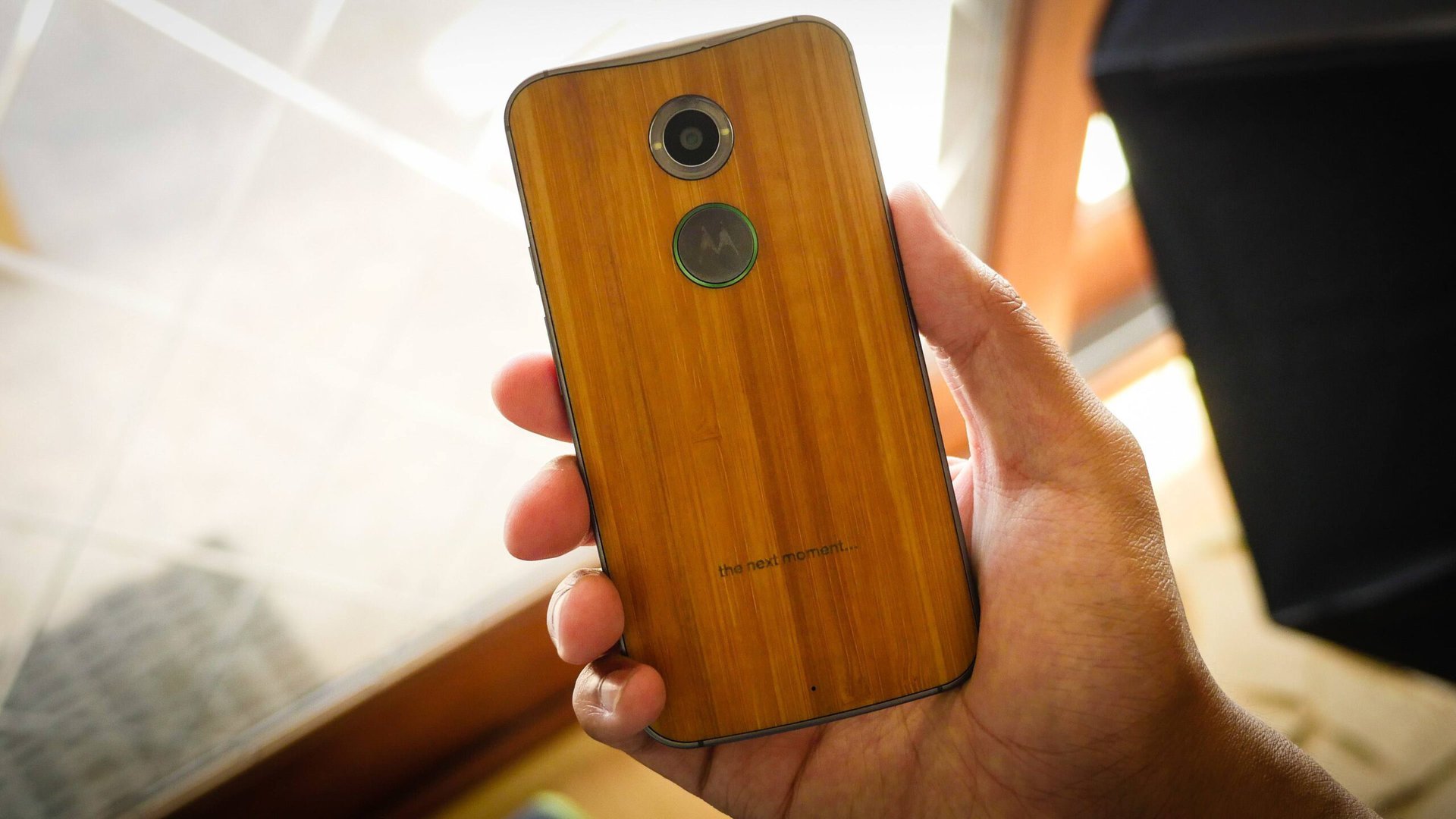
Camera
Both the Moto X (2014) and Nexus 6 have a 13MP rear camera and a 2MP front cam, which provide a reasonably decent camera experience, but both will likely pale in comparison to the Droid Turbo.
The Droid Turbo has the same 2MP front cam, but the rear is upgraded to a 21MP shooter. Of course numbers alone don’t dictate a better image-taking experience, but early images and reports suggest the camera here really is better. Of course until we have more hands on time with the Droid Turbo and Nexus 6, we really can’t say how the latest Motorola devices compare in this area when stacked against the Moto X (2014).
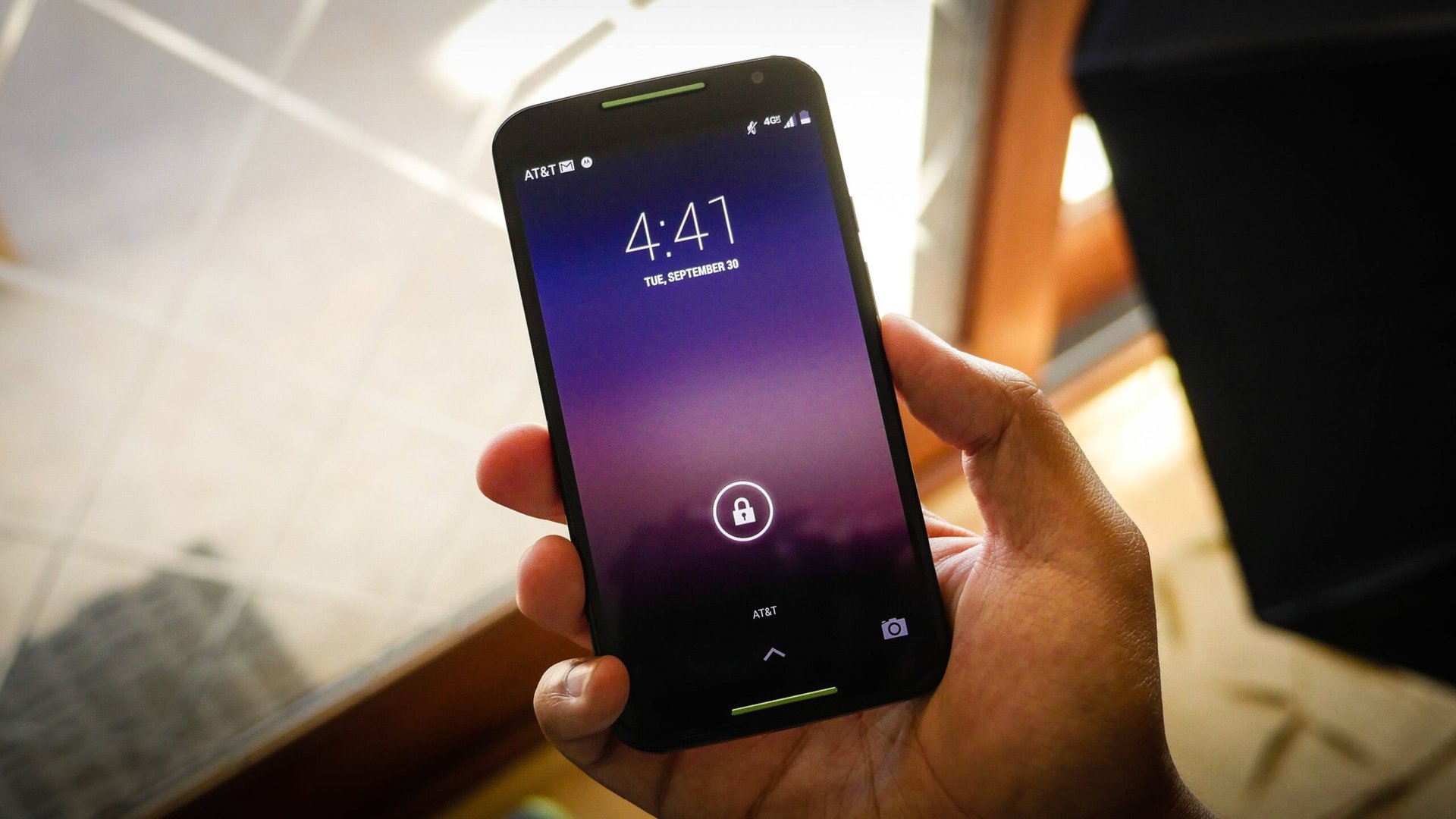
Software
Honestly, there isn’t a lot to say here. While the Nexus 6 is going to have the “purest” form of stock Android (and on Android 5.0 Lollipop, no less), the Moto X (2014) and Droid Turbo both have near-stock versions of Android 4.4.4 Kitkat and should receive Lollipop in the coming months.
The Droid Turbo carries over many of the Moto X (2014)’s custom features like Assist, Display and the like. So if you like stock Android and don’t mind the minor modifications Motorola adds to its own (non-nexus) offerings, you won’t find much to complain about here.
Wrap Up
All three handsets are really solid devices, and Motorola should be applauded for its efforts in 2014. While the original Moto X was a good handset, it lagged behind many comparable flagships in terms of raw specs — even if it made up for it in overall user experience.
The Moto X (2014) takes everything from its predecessor, and enhances it with early/mid-2014 specs that make it an excellent choice. But what if you’re on Verizon’s network? Honestly, the Droid Turbo is a hell of a beast and unless you can’t live without customizing your phone through the Moto Maker, it is probably the better choice if bleeding-edge specs are more your thing. Unfortunately for those that aren’t on Verizon’s network, you really don’t have an option here.
As for the Nexus 6, the handset is in many ways a mega-sized Droid Turbo with a lesser battery and with the aesthetics and camera from the Moto X (2014). If you absolutely love big screens, it is a solid choice and the fact that it is a Nexus means it will be first in line for Android updates for at least two years to come.